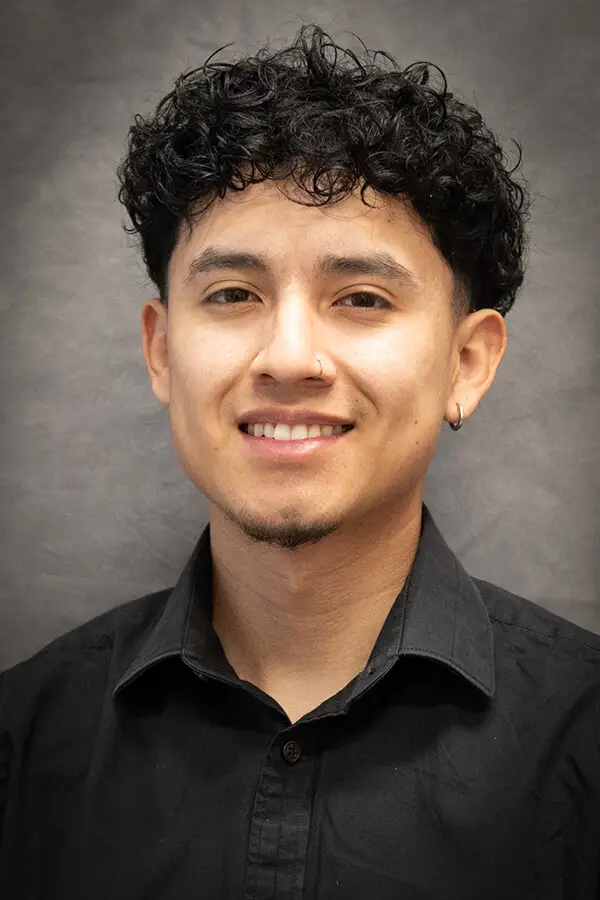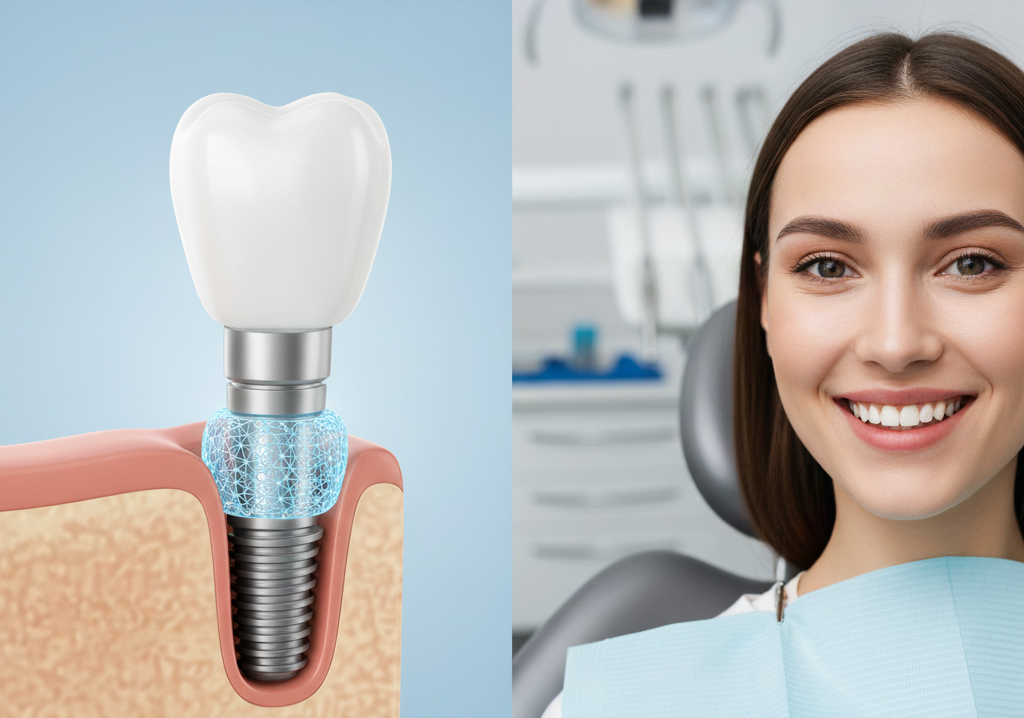Dental implants have revolutionized the way we think about oral health and aesthetics. For those grappling with tooth loss, they offer a path to restored confidence and improved functionality. However, not everyone is an ideal candidate for this transformative procedure right away. That’s where bone grafting comes into play—a crucial step that can pave the way for successful dental implant placement.
If you’re curious about how these two procedures work together or what options are available in Pleasanton, CA, you’re in the right place. This blog will delve into the intricate relationship between bone grafting and dental implants, shedding light on their importance, advancements in technology, and what potential patients should consider before embarking on this journey toward better oral health. Let’s explore how these innovations are changing lives one smile at a time!
Understanding the Importance of Dental Implants
Dental implants serve as a game-changer for those dealing with tooth loss. Unlike dentures, which can slip or irritate the gums, implants are anchored securely into the jawbone. This stability allows individuals to eat their favorite foods without worry.
Beyond functionality, dental implants also play a crucial role in maintaining facial structure. When teeth are lost, bone density can decline over time. Implants stimulate the jawbone, helping to preserve its strength and shape.
Moreover, the aesthetic benefits cannot be overlooked. A well-placed implant looks and feels like a natural tooth, restoring both confidence and self-esteem in social situations.
For many residents of Pleasanton, CA, dental implants represent more than just a dental solution; they symbolize renewed freedom and an opportunity to reclaim one’s smile fully.
The Role of Bone Grafting in Dental Implants
Bone grafting plays a crucial role in the success of dental implants. When teeth are lost, the underlying bone can begin to deteriorate over time. This loss complicates the placement of an implant and may lead to insufficient support.
By adding bone material through grafting, dentists can create a stable foundation for implants. There are various sources for this graft material, including synthetic options or natural donor sites from your own body.
This procedure not only enhances structure but also promotes healing. It encourages new bone growth around the implant site, ensuring longevity and stability for your dental restoration.
Patients seeking dental implants in Pleasanton, CA, should consider how vital bone grafting is to achieving optimal results. The integration process sets the stage for successful implantation and long-term oral health benefits.
Types of Bone Grafting Procedures
Bone grafting procedures come in several types, each tailored to meet specific needs.
- One common method is autografting, where bone is taken from the patient’s own body, usually from areas like the hip or jaw. This option boasts a high success rate since it uses living tissue.
- Another technique is allografting, which involves using donor bone harvested from cadavers. This type can be advantageous for patients who prefer not to undergo an additional surgical site but may carry a slightly higher risk of rejection.
- Xenografts utilize animal bones, often sourced from cows or pigs. These materials are processed and sterilized to minimize infection risks.
- Synthetic grafts made from biocompatible materials provide an alternative solution. They stimulate natural bone growth without requiring biological material at all. Each procedure offers unique benefits and potential drawbacks that should be discussed with your dental professional for optimal results in enhancing dental implants in Pleasanton, CA. Contact us now.
Advancements in Bone Grafting Technology
Bone grafting technology has seen remarkable advancements in recent years. Innovative materials are now available, offering more options for patients and dentists alike. Synthetic bone substitutes, for instance, provide reliable support without the need for harvesting from other body parts.
3D printing is also making waves in this field. Custom scaffolds can be created to match the unique anatomy of each patient’s jawbone. This personalization enhances integration with existing bone tissue and promotes quicker recovery.
Another exciting development is the use of growth factors and stem cells to stimulate natural bone regeneration. These biological enhancements not only improve healing times but also increase overall success rates.
Minimally invasive techniques are becoming standard practice. These approaches reduce trauma during surgery, leading to less discomfort and faster healing for patients seeking dental implants in Pleasanton, CA.
Benefits and Risks of Bone Grafting for Dental Implants
Bone grafting offers numerous benefits for those considering dental implants. It enhances jawbone density, ensuring a stable foundation for the implant. This can lead to improved functionality and aesthetics, allowing patients to regain their confidence in smiling and chewing.
Additionally, bone grafting can reduce the risk of complications during the implant procedure. By creating a more secure base, it minimizes potential failures that could arise from insufficient bone support.
However, like any medical procedure, there are risks involved. Patients may experience discomfort or swelling post-surgery. Infection is another concern that requires careful management.
Moreover, not everyone is an ideal candidate for bone grafting due to factors such as existing health conditions or lifestyle choices like smoking. It's essential to discuss these aspects with your dentist before proceeding with treatment in Pleasanton, CA.
Conclusion and Future Outlook for Bone Grafting in Dentistry
The future of bone grafting in dental implants looks promising. As technology evolves, so do the techniques and materials used in bone grafting procedures. This evolution is not just about enhancing success rates; it’s also about making the process less invasive and more comfortable for patients.
Innovations such as 3D printing are paving the way for customized grafts that can better integrate with a patient’s unique anatomy. Stem cell research holds potential to regenerate bone without traditional grafting methods, potentially revolutionizing treatments entirely.
As awareness grows about the importance of dental health, especially regarding solutions like dental implants in Pleasanton, CA, more people will likely seek out these advanced options. With ongoing research and development in this area, we can expect to see improved outcomes that enhance both functionality and aesthetics.
Bone grafting stands at the forefront of ensuring successful dental implant procedures. It plays a pivotal role in restoring smiles and improving the quality of life for many individuals dealing with tooth loss or other oral health issues. The journey ahead seems bright as practitioners continue to refine their skills and adopt new technologies tailored towards patient needs.
Regain your smile and confidence with dental implants at Infinite Smile Dental Inc. located at 5924 Stoneridge Dr. #209A, Pleasanton, CA. Book a consultation today with Dr. Kimberly G. Kau and explore a lasting solution for missing teeth. Are you looking for a new dentist? You can book your new patient exam and cleaning online, request an appointment via email, or call us at (925) 400-9978.







